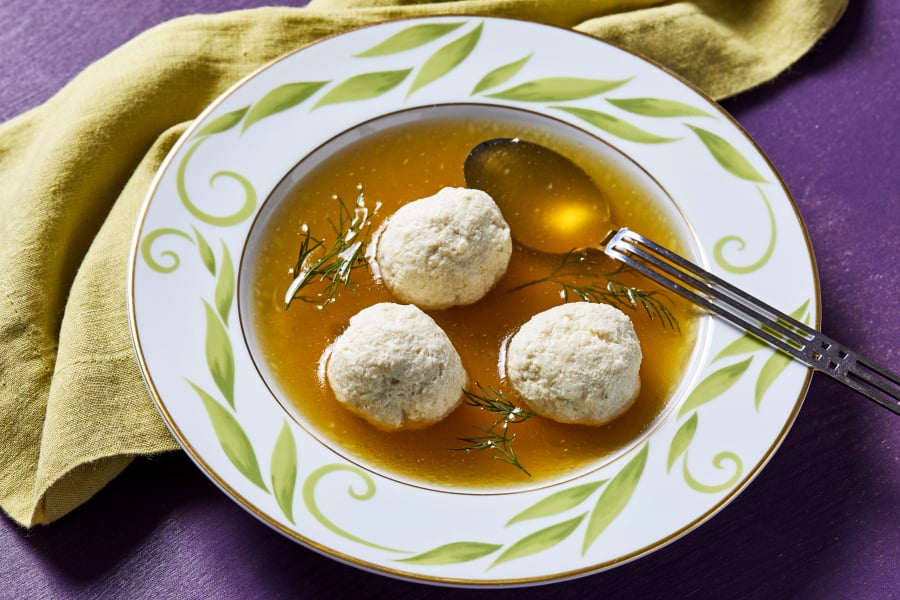Everywhere I turn, someone is on a diet. My social media feeds are filled with before-and-after photos of successful dieters — and supermarket shots of 50 pounds of sugar to provide a visual of total weight lost — as well as celebrities promoting their favorite cleanses. And taking up prime real estate in my house is a huge box of meal replacements for my husband’s current diet, the curse of being married to a cookbook author.
It’s tough to diet during the holidays to begin with, and Passover lasts for eight full days. That’s over a week of matzoh in every possible permutation, as well as those heavy meat dishes, brownies and macaroons we look forward to every year, and the family gatherings where you sit and eat for hours.
The Seder is particularly challenging as there are so many courses: matzoh and charoset, eggs and salt water, gefilte fish and matzoh ball soup — all before a main course and buffet of desserts.
This year I offer three strategies for lightening your Seder menu so you don’t have to blow your diet.



